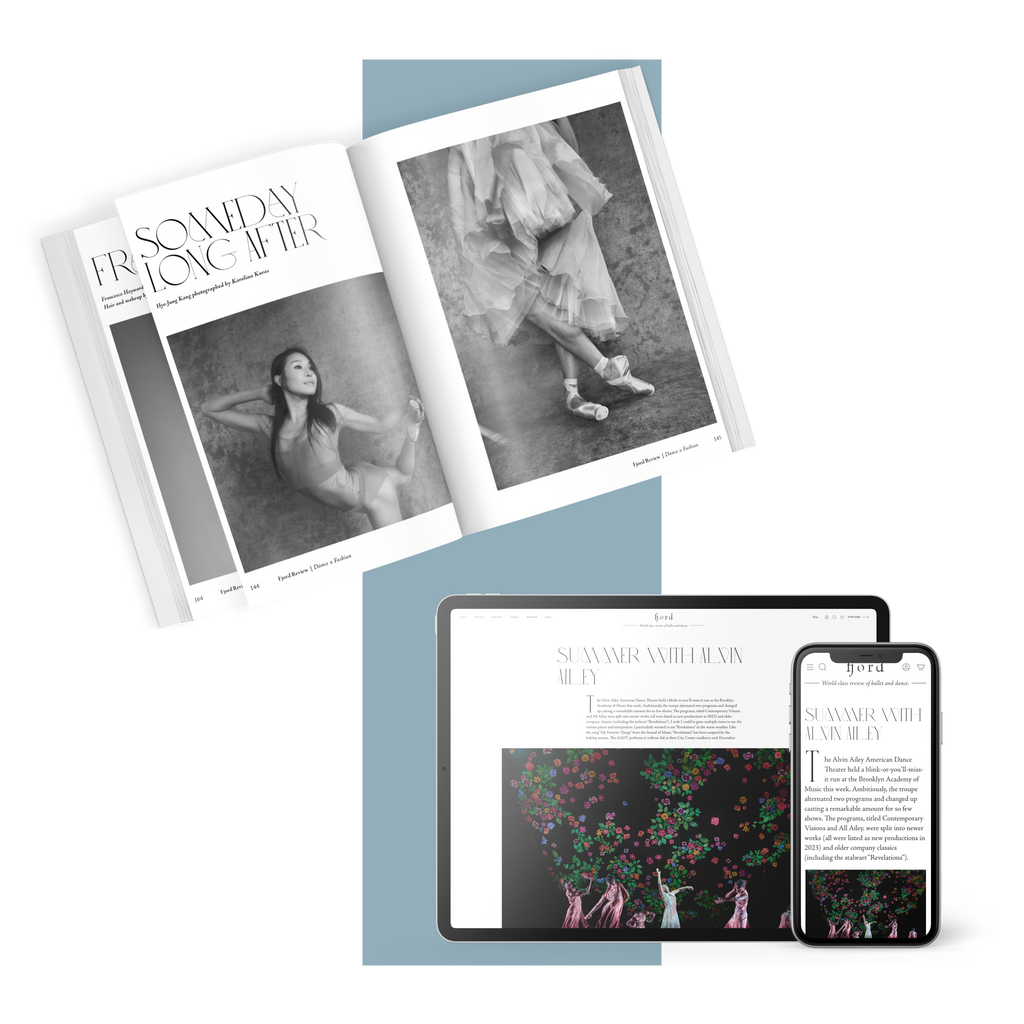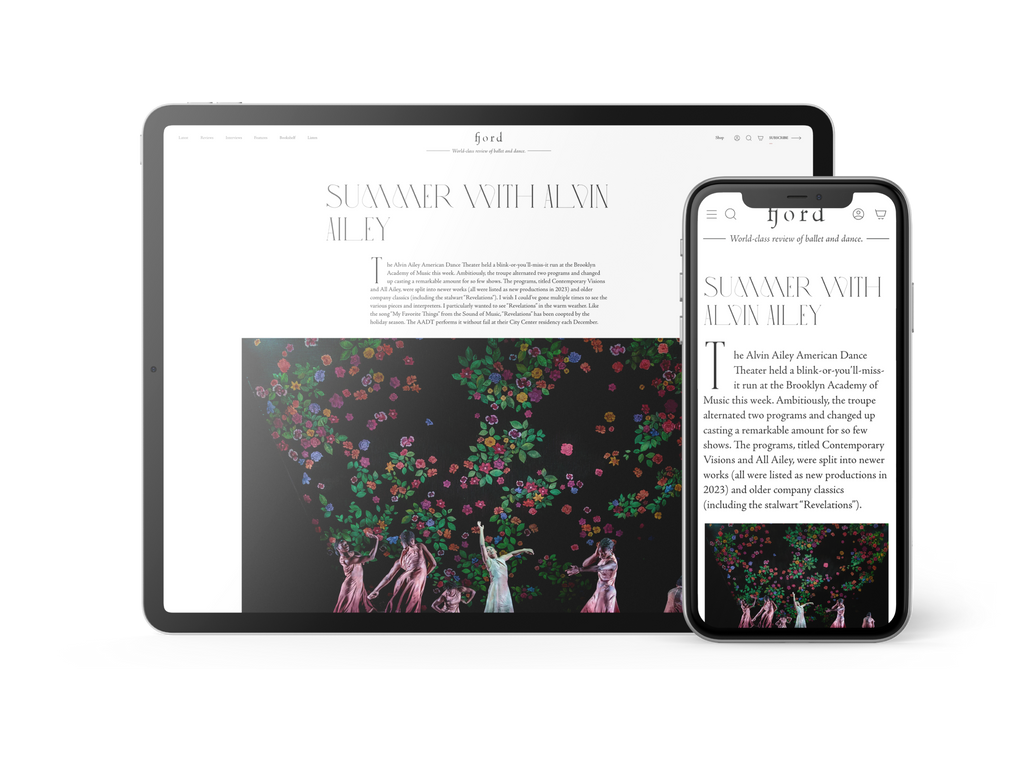I can’t speak to the rigour of training at Trinity Laban, one of the UK’s three main contemporary dance schools, but there’s no question the London-based conservatoire, with its emphasis on ‘self-directed research,’ gives its students space to explore and develop areas of personal interest —a crucial component in a dancer’s artistic expansion. “New Choreography Now,” a recent showcase of original work from Trinity’s third-year undergraduates, was full of experimental material, from studies of abstraction to investigations into form and genre.
Some, like Ellen Findlay’s “Bandyman’s Land,” crossed into theatre territory, featuring dramatic feats and spoken lines. Against a boisterous track from the Dubliners, the work’s lone dancer declared her identity as Irish and repeated a pattern of pedestrian moves—pointing, crossing her arms, clinching her hands in a ‘pay up’ gesture—before succumbing to a violent coughing fit (a reference to Ireland’s 20th-century TB epidemic, perhaps?). Mayowa Ogunnaike “The Pruning of Life” likewise involved speech, this time a narration about an unidentified ‘he.’ As the performer described ‘his’ actions, she began to perform them herself, speeding up intensely as a ticking metronome egged her on.
Several students focused their works around conceptual enquiries. Coral Montejano’s “Is This a Duet?”—one of the most promising pieces on show—pitted the ephemerality of dance against the concrete nature of text, with two dancers dictating each other’s movements by typing them into a word document mirrored onto the back scrim. Quite apart from exploring a thought-provoking topic, the work featured elegant choreography—fluid, organic movement shaped with sophisticated phrasing.
As with a few other pieces, the pair here occasionally abandoned their ‘dancer’ postures for a distinctly pedestrian lope, blurring the definition of ‘performance’ and prompting the question of whether assuming a prosaic pose as part of a choreography is in fact a performative gesture itself. Alex Milosky took this formal experimentation a step further with a violent self-flagellating solo that called into question its own categorisation as dance. Over the course of a chirpy sonata he beat his head on the ground, kicked himself and repeatedly slapped his own face, spitting out red chunks in a campy display of carnage.
An affinity emerged across the showcase for choreography that continued beyond its music or eschewed it altogether, as if the choreographers were reluctant to appear constrained by it. Rachael Dixon’s “You Go Go Girl” featured two crop-topped, bandana-clad women strutting, jiving and shimmying in silence, their 60s-inspired boogie stripped of the cheery buoyancy normally associated with go-go dancing. Lydia Touliatou’s “A Response to Abstract Expressionism,” on the other hand, employed an onstage musician to accompany a pair of dancers as they twirled and jogged, supplementing speedy flurries with moments of static.
Not much partnerwork was on show, but interplay did feature prominently in Kendall Farrell’s “See What I Mean?” in which one dancer appeared to mimic and gradually ‘learn’ from the other, building towards a final sequence of full synchronisation. The jolting choreography here—full of sudden reaches and contractions—was well-timed to the jarring music, and the pens and papers located downstage nodded neatly to the central theme of communication.
The programme’s most provocative work was Callum Lawrence’s “States—Moments of Flesh,” shown in a small studio during the show’s interval. Clad in a catsuit and heels, a woman assumed a series of contortions on the floor while breathing heavily and rhythmically. According to the choreographer’s programme notes, the overt eroticism and sexual overtones of this set-up render viewers “transformed, willingly or not, into voyeurs”—an interesting, if on-the-nose, probe into the connotations of ‘voyeur’ and whether eroticism exists without a second party to confer it.
A good—and in some cases great—deal of polish would be needed to prepare these works for a professional stage, and there’s certainly room for more playfulness across this particular selection, but lacking in potential they are not. Hats off to Trinity for giving its students the space to sow these ideas. Here’s hoping they get the appropriate guidance to refine them.




comments